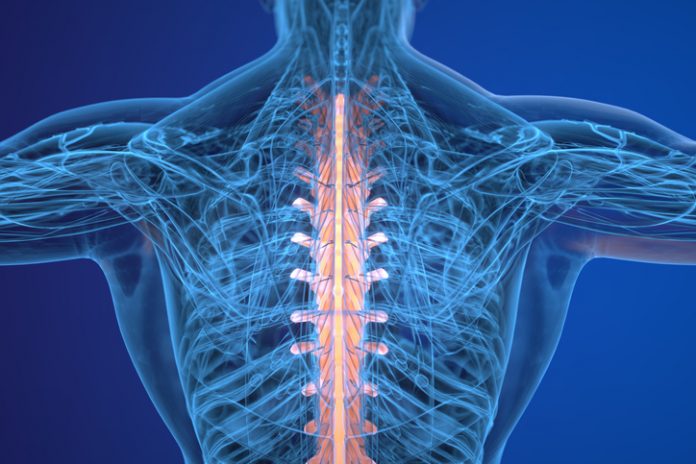The Australian Chiropractors Association (ACA) have launched National Spinal Health Week (20-26 May 2024).
The Impact of Back Pain & Musculoskeletal Injuries in Australia – An independent national consumer survey conducted by Pureprofile, of 1006 respondents, the survey revealed that over 98% of respondents (98.5% of women and 98.0% of men) experienced a back related MSD in the past 12 months.
According to the ABS (Oct 2023), in June 2023, Australia had 10.4 million households. With over 80% of survey respondents reporting that their household had occupants who experienced back pain, this figure suggests that 8.35 million Australian households are likely to have residents who suffer back pain.
Dr David Cahill, President of the ACA said, “Currently the annual cost of MSDs to the Australian economy exceeds $55.1 billion in direct health costs, lost productivity, reduced quality of life and increased disability.
With growth in MSD cases projected to be 43% over the next two decades, the burden of MSDs and back pain on Australians and our economy is and will continue to be a substantial liability.”
“Together with the World Health Organisation’s (WHO) analysis that MSDs account for the greatest proportion of persistent pain conditions and are the second largest contributor to disability worldwide with low back pain the single leading cause of disability globally; the survey results form a compelling case for a proactive, strategic response to how Australians approach back pain,” he said.
According to the survey, 6,368 MSDs were reported. The dominant three MSDs impacting the lives of Australian’s were low back pain (80.6%), neck pain (67.9%) and mid back pain (66.3%). 75% of respondents aged 18-60 within the peak working age reported back pain with 17.9% of MSDs requiring workers compensation.
The survey results reflect the importance of exercise in prevention with 77% of respondents with a highly- active lifestyle outside work and who undertook daily exercise reporting the lowest prevalence of back pain. Those most at risk of MSDs and low back pain include those who do strenuous physical work including lifting and repetitive actions such as bending, squatting or standing for extended periods, while inactive Australians who don’t exercise and spend long hours sitting at work or at home are also at risk of developing musculoskeletal problems that can impact their quality of life and overall health and wellbeing.
Of concern, the survey showed that a large number (50%) of MSD sufferers failed to seek a medical diagnosis and 64% of low back pain sufferers also reported not seeking a diagnosis, suggesting that official data may not reflect the true prevalence of MSDs and back pain in Australia.
Instead, 81% of low back pain sufferers opted to treat the symptoms with over the counter or prescription medications rather than seek treatment, with 13% using pain relief medications daily, 12% using it frequently (3+ days per week) and 12% taking pain relief medications often (one to two times per week).
Significantly, women reported the greatest use of pain relief medication for low back pain (82.2%) with 14% taking it daily, 13% frequently and 13.5% said they used medication to relieve back pain often.
“Although the WHO research determined that in some cases, non-steroidal anti-inflammatory medications may assist sufferers in some instances in the short-term; in line with the University of Sydney’s study (Lancet medical journal, 23 June 2023), the WHO recommends against the commonly prescribed use of opioids and paracetamol to treat low back pain as these medications have proven largely ineffective and come with a range of significant associated risks and side effects,” said Dr Cahill.
“With its findings focussed on individualised holistic healthcare, the WHO’s research aligns with the heart of ACA’s chiropractic philosophy – that patient education and self-care strategies, tailored exercise programs and physical therapies including chiropractic spinal manipulative therapy, and massage; can provide effective, evidence-based holistic drug-free solutions for back pain sufferers,” he said.
“With over 400,000 chiropractic healthcare consultations helping to create well-adjusted Australians every week, ACA chiropractors continue to play an important role in improving the spinal health of everyday Australians,” said Dr Cahill.
With prevention the best protection from back pain, people can download the free Back Pain Factsheet, the Sitting, Standing, Lifting/Bending Factsheets, the Back Pain Checklist and Stretching Poster and the Straighten Up app from www.spinalhealthweek.org.au.







